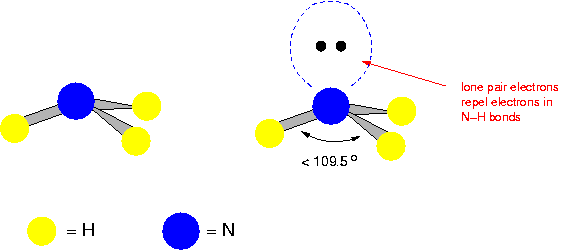Formed due to the loss or gain of electrons.
To make ions, an ionisation energy is required.
Ionisation energy is the amount of energy sufficient to remove an electron from the outermost shell of an atom.
The general equation for this is:
X (g) à Na+ (g) + -1 e
When an outermost shell has been exhausted, and you start taken electrons off the next shell (Which would be full), the ionisation energy increases significantly.
I.e. All element is group one, have a large 2nd ionisation energy. (Trying to remove the second electron)
Ions in solids
Ionic solids are giant lattices formed from ions being arranged in a regular way, and are held together by electrostatic bonds between oppositely charged ions.
This type of ionic bond is relatively strong and needs a large energy to overcome. For this reason, they have high melting and boiling points, so they tend to be solid at STP.
Ionic substances cannot conduct electricity when solid, but they can when in an aqueous solution.
The two ways of integrating H2O into an ionic substance:
1- 1- Water of crystallisation: Water sits in between ions of solids.
Example is Hydrated Copper Sulphate.
We include the water in the formulae. E.g. CuSO4.5H2O
2- 2- Hydration: Aka good old Dissolving.















